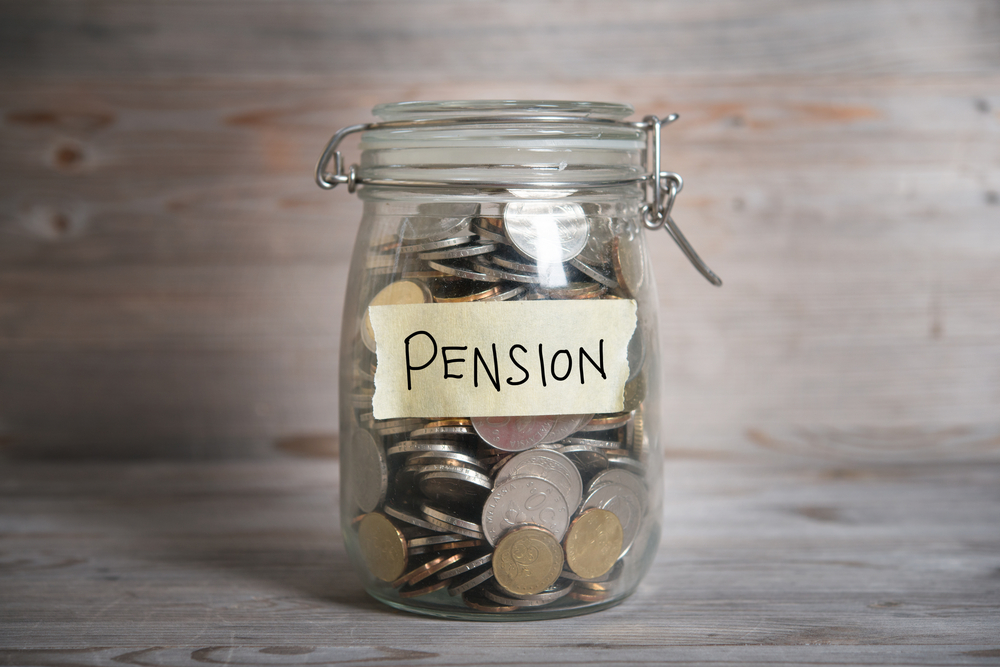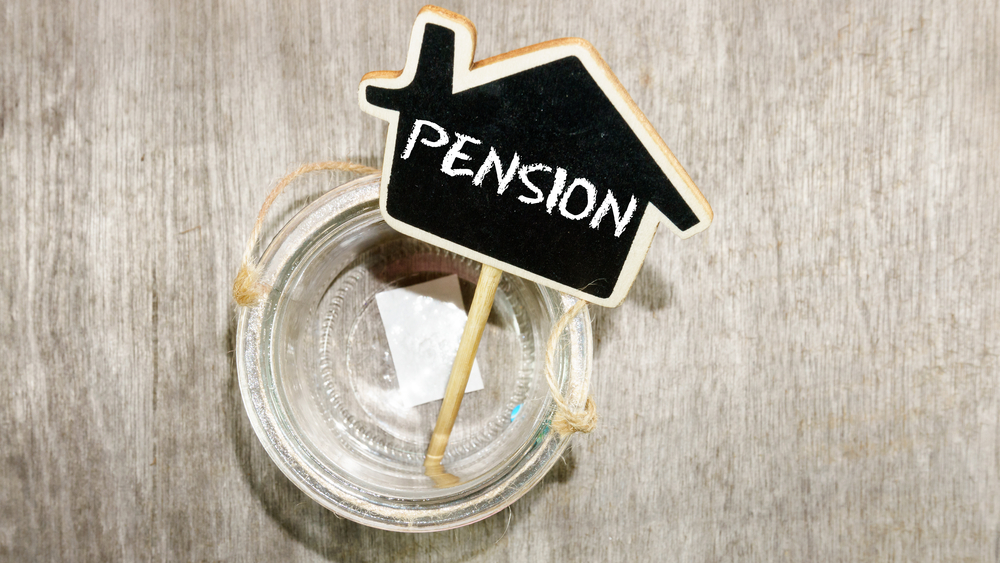 Pensions. That scary word that not many people tend to know too much about. Knowing how much you need to save, when to start saving and all the different kinds available, can be – quite simply – mind boggling. Mr Lender, an instalment loan provider based in the UK, has put together a handy guide to try and help you to understand your pension fund a little more.
Pensions. That scary word that not many people tend to know too much about. Knowing how much you need to save, when to start saving and all the different kinds available, can be – quite simply – mind boggling. Mr Lender, an instalment loan provider based in the UK, has put together a handy guide to try and help you to understand your pension fund a little more.

Which pension schemes are available?
Basic State Pension
As well as any private pensions and savings you may have put aside for your retirement, you may also be entitled to a State Pension. The maximum amount many people will already receive on their State Pension is £122.30 per week, however if you reached State Pension Age on or after the 6th of April 2016, you will receive the New State Pension, which is a maximum amount of £159.55 per week. The amount you receive in Basic State Pension ultimately comes down to how much you’ve paid in National Insurance contributions, as well as any credits you may have received.
To qualify for the Basic State Pension, you need to have paid National Insurance for a minimum of 10 years in order to get the basic rate. To get the full Basic State Pension, you need to have paid National Insurance for at least 30 years.
Additional State Pension
If you’re on a particularly low income, you may be entitled to additional State Pension. This isn’t a fixed amount, and is simply added onto the Basic State Pension. The amount you could be entitled to depends on your average earnings, as well as any benefits you receive. Pension credits could be available if you’re on a low income, if you’re a carer or severely disabled, or if you have any additional housing costs. Your Basic State Pension could be topped up to £159.35 as a single person, or £243.25 as a couple.
Workplace Pension
A Workplace Pension is a scheme set in place by your employer, where a certain amount is taken from your wages and put into your pension plan each month. Your employer may even add to your contributions, matching what you’re putting into your account. Currently, Workplace Pensions are not compulsory but, by 2018 the law around this will change. It will then become a legal requirement for your employer to automatically enrol you into the scheme, providing you’re between the ages of 22 and State Pension age, and you earn more than £10,000 per year. You can choose to opt out if you wish, but you will automatically be enrolled in to begin with – there is no opt in option.
Private Pension
In order to further manage your finances after retirement, it is vital that you continue to save on top of your Basic State Pension. This will ensure that you can continue to live comfortably after you finish working. The total amount you can access after you retire from your Workplace/Private Pension, will depend on the age you start taking money from your pension plan, the amount you paid in before retirement, and how well your investment’s have performed (if you have invested in stocks, shares and bonds as part of your pension plan). Some pension plans will also take into consideration your health at the age you retire.

How big does your pension plan need to be?
After you choose to retire, your monthly outgoings are likely to decrease quite dramatically. You will be saving money on commuting, and it’s less likely that you will have young children to support, so you will therefore have more money to spend on yourself. The rule of thumb to go by is whatever your annual income is at 40 years old; you will need 50% of this to manage after retirement. If you also qualify for the full Basic State Pension, you will get around £8,300 for the year. This means that if you’re earning £20,000 a year at 40, you should need around £10,000 to get by. If you then deduct the Basic State Pension, you need to contribute just £1,700 towards your pension plan.
Another rule of thumb when deciding how much to save each month is to take the age you first started saving and halve it. This should then be the total percentage of your savings that goes into your pension plan each year until you retire. For example, someone aged 30 wishing to add to their pension fund would need to save 15% of their wages each year to reach a manageable amount. This means if they earn £20,000 a year, they would need to save £3,000 a year – which equates to £250 a month.
The sooner you start contributing to your pension plan, the smaller your monthly savings would need to be. It is also important to increase your pensions contributions as and when your wages increase too in order to save the correct amount each month. For example, the person outlined in the case above has to save £250 a month based on £20,000 a year in wages. If they then had a pay rise of £3,000 a year, their monthly contributions would need to increase to £287.50.
Though these are simply suggestions, and it is completely up to you how much you want to put away each month. Pensions Expert, Jamie Jenkins, said “while 15% is a good target to aim for, many people will start by paying less than this and increase their contributions gradually”. There are plenty of pensions calculators online to help you gain a better understanding of how much you will need to put aside.
What are your options after you reach State Pension Age?
Although your pension plan is designed to get you through retirement, it certainly doesn’t mean there are necessarily any strict rules around when you can officially withdraw your money. It also doesn’t mean you need to take it out as soon as you hit State Pension Age. While you can’t access your pension fund before 55, you can take out 25% tax free once you turn 55. If you want to withdraw anymore than 25% you’ll be charged tax at your usual rate – this is 20% for standard rate tax payers, and 40-45% for higher rate tax payers.
You can also defer your pension if you don’t want to take it out yet. Once you reach State Pension Age, you have the option to defer your pension, meaning your pension plan will continue to grow for each year it’s deferred. You’ll also no longer need to pay National Insurance if you continue to work past State Pension Age.
If you decide after you’ve reached the State Pension Age that you want an entirely new job, there are laws to protect against age discrimination – meaning a potential employer cannot turn you away simply based on your age. They can only turn you away if your health is a concern, or if you no longer have certain physical abilities. This can include becoming a bus driver if you have poor eyesight, or lifting heavy objects in a warehouse for example.
Though with all of this in mind, it is important to be wary of anyone who approaches you about your pension before you reach 55. If you are approached, this is highly likely to be a scam known as ‘Pension Liberation‘, so it is best to avoid it at all costs.
Are they worth it?
Saving into a Private Pension will certainly help to relieve any financial stress later in life. A Private Pension is also great for anyone who is self employed, and may not necessarily have a Workplace Pension, or anyone who may not be earning enough to save into a Workplace Pension, but does have enough to go privately. A Private Pension is also handy if you have enough disposable income to add to your Workplace Pension, and still want continue to add extra to your retirement fund.

